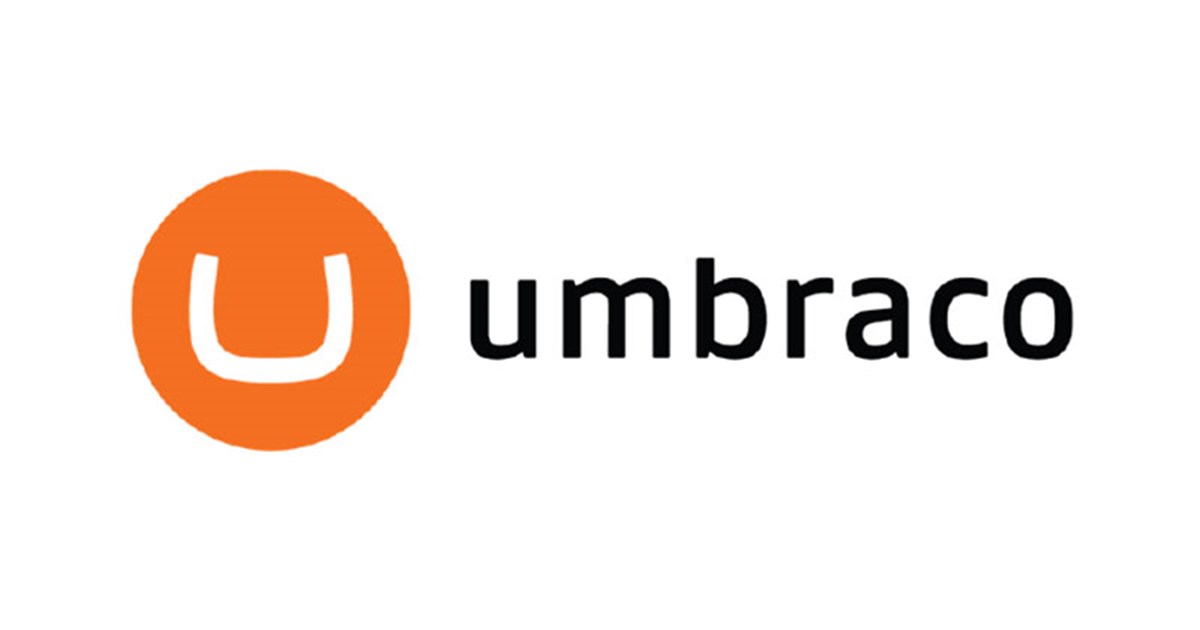In the vast landscape of Content Management Systems (CMS), Umbraco has emerged as a versatile and developer-friendly platform catering to a wide range of website development needs. With its open-source nature, extensibility, and focus on user experience, Umbraco offers a unique approach to content management and digital experience creation. In this comprehensive evaluation, we will delve into Umbraco CMS, exploring its features, benefits, potential limitations, and its role within the evolving field of content management.
Understanding Umbraco CMS: An Overview
Umbraco, introduced in 2000, is an open-source .NET-based CMS that combines user-friendly content management with robust customization capabilities. As a popular choice among developers, designers, and businesses, Umbraco has earned a reputation for its flexibility, scalability, and adaptability to various project requirements.
Features and Advantages
1. User-Friendly Content Management
Umbraco offers an intuitive and user-friendly interface that enables content creators to manage and publish content without technical expertise. Its WYSIWYG editor and drag-and-drop functionality simplify content creation and management tasks.
2. Flexibility and Customization
Umbraco’s flexibility is a standout feature. It allows developers to build and customize websites, applications, and digital experiences according to specific needs. The platform’s extensibility empowers developers to create custom modules, templates, and functionality.
3. Scalability
Umbraco’s architecture is designed to handle projects of varying sizes and complexity. From small business websites to large enterprise solutions, Umbraco scales effectively to accommodate diverse requirements.
4. Strong Community and Documentation
Umbraco boasts an active and supportive community of developers, designers, and users. The community contributes to an extensive library of resources, tutorials, and documentation, making it easier for users to learn, troubleshoot, and share insights.
5. Multilingual Capabilities
Umbraco provides built-in support for creating multilingual websites. This is particularly valuable for businesses and organizations targeting global audiences or regions with linguistic diversity.
6. Flexible Templating System
Umbraco’s templating system allows designers and developers to create customized layouts and designs. This separation of content and presentation enables effective collaboration between designers and content creators.
7. Version Control Integration
Umbraco integrates well with version control systems, making it easier for development teams to collaborate and manage code. This integration enhances the development workflow and facilitates efficient deployment.
8. SEO-Friendly
Umbraco offers SEO-friendly features, such as customizable metadata, URLs, and redirects. These tools contribute to improved search engine visibility and website performance.
9. E-commerce Integration
Umbraco’s flexibility extends to e-commerce integration. Developers can create custom e-commerce solutions or integrate third-party e-commerce platforms to create robust online stores.
10. Access Control and Permissions
Umbraco provides comprehensive access control and permissions settings. Administrators can define user roles and permissions to ensure that only authorized individuals can access and manage specific content and functionality.
Potential Limitations and Considerations
1. Learning Curve for Customization
While Umbraco’s customization capabilities are a strength, they can also contribute to a steeper learning curve. Developers might need time to familiarize themselves with the platform’s architecture and customization tools.
2. Development Skills Required
Umbraco’s flexibility and customization options cater more to developers and designers with coding skills. Non-technical users might require assistance with more complex customization tasks.
3. Maintenance and Updates
Customizations and extensions might require additional attention during updates to ensure compatibility with newer versions of the CMS. This consideration is crucial for long-term maintenance and support.
4. Limited Prebuilt Themes and Plugins
Compared to larger CMSs, Umbraco’s ecosystem of prebuilt themes and plugins is more limited. Custom development might be necessary to achieve specific design and functionality goals.
Umbraco CMS in Comparison
Umbraco vs. Traditional CMSs
Umbraco’s blend of user-friendliness and customization distinguishes it from traditional CMSs like WordPress, Joomla, and Drupal. While traditional CMSs offer a broad range of prebuilt features, Umbraco’s extensibility allows users to create unique websites tailored to specific needs.
Umbraco vs. Headless CMSs
Headless CMSs decouple content management from presentation, allowing developers to use various frontend technologies. Umbraco provides a comprehensive solution by allowing control over both content and presentation, making it suitable for those seeking a unified content management and presentation platform.
Conclusion
Umbraco CMS’s positioning in the content management landscape is marked by its blend of user-friendly content management and robust customization capabilities. It caters to developers, designers, and users who prioritize both flexibility and a seamless content management experience.
While Umbraco’s strengths lie in its customization features and extensibility, it’s crucial to consider the learning curve and potential challenges for non-technical users. The platform’s active community and comprehensive documentation help mitigate these challenges, enabling smoother development and maintenance processes.
For developers, businesses, and organizations seeking a platform that empowers them to create websites aligned with their vision, Umbraco stands as a potent tool. As the digital landscape continues to evolve, Umbraco maintains its role as a preferred choice for those who value flexibility, scalability, and the ability to build dynamic and engaging digital experiences.
